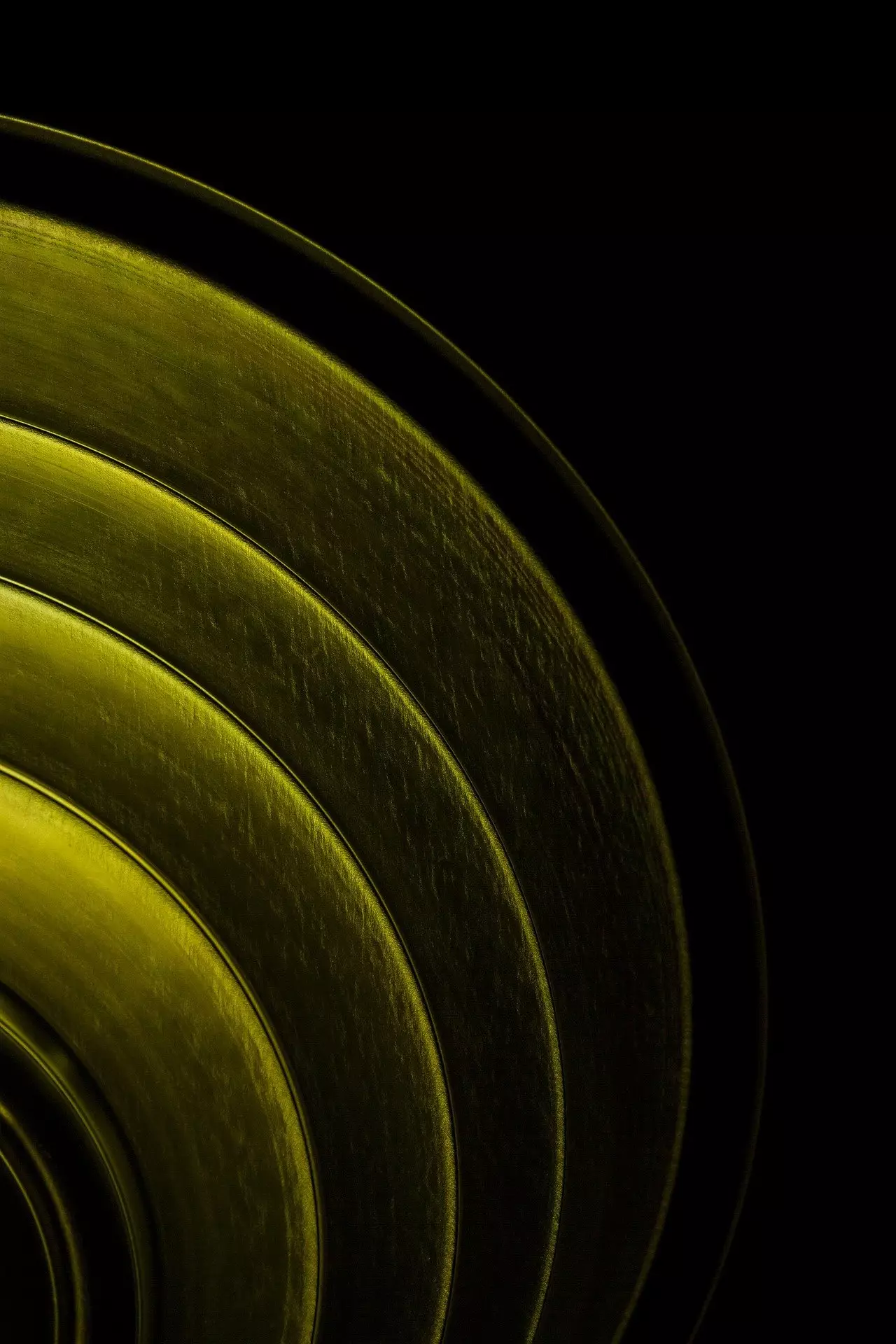In a recent review article published in Reviews of Modern Physics, Fèlix Casanova, along with Prof. Albert Fert, Nobel Prize winner in Physics, and their team, discuss the current state of electrical control of magnetism. Albert Fert, a renowned French physicist, made significant contributions to the field by co-discovering giant magnetoresistance, a groundbreaking effect that revolutionized hard disk technology. This discovery enabled a substantial increase in hard disk drive capacity and paved the way for future innovations in the field of microprocessors, focusing on energy efficiency.
To tackle the challenges faced by modern electronics, such as the need for more energy-efficient devices, collaborative efforts are underway between research institutions and industry leaders. CIC nanoGUNE, in partnership with Intel, is actively involved in developing next-generation devices. Albert Fert collaborates with the nanodevices group at CIC nanoGUNE to explore new properties of quantum matter and advance the field of electrical control of magnetism.
Key Findings
The review article discusses recent advances in the electrical control of magnetism, both through electric fields and current-induced torques. It delves into fundamental concepts in these areas, explores their combination, and examines various families of devices that leverage the electrical control of magnetic properties for diverse applications. The review also offers insights into emerging concepts in fundamental physics and new directions in materials science.
The story of electrical switching of magnetization unfolds as a harmonious interplay between fundamental research in spintronics, condensed matter physics, and materials science, and real-world applications in technology. This synergy has led to significant advancements, such as the development of MRAMs, MESO transistors, microwave emitters, spin diodes, skyrmion-based devices, and components for neuromorphics. The field continues to evolve, driven by the pursuit of pure spin currents, magnetic skyrmions, and spin-charge interconversion effects.
Overall, the review article sheds light on the remarkable progress made in the field of electrical control of magnetism and highlights the promising future prospects for this dynamic area of research. Collaborative efforts between academia and industry, coupled with cutting-edge advancements in technology, are shaping the way for innovative applications in electronics and materials science.


Leave a Reply